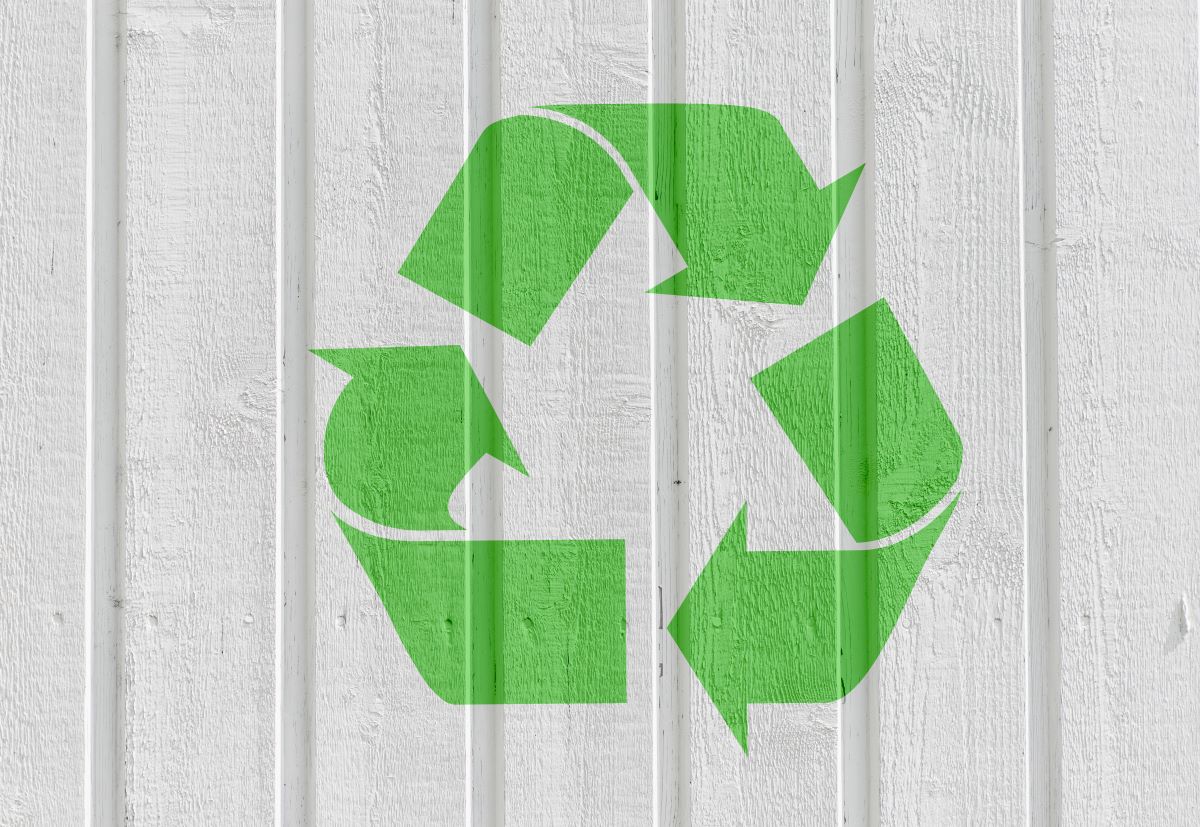Are you concerned about the volume of trash you send to landfills daily? Has your household waste been piling up since you started working from home and staying for longer? Are you considering to transition to a zero-waste lifestyle but don’t know where to start?
If so, then you’re doing a great thing.
However, if you want to succeed and really commit to this lifestyle for the long term, you will need to do it gradually, with a clear timeline and realistic goals spread out into milestones. You can start by reading about the 5 Rs of zero waste living. These are:
- Refuse – this means saying no to single-use plastic and other consumer goods that generate ways. It could also mean refusing to subscribe to systems and institutions that pollute the planet.
- Reduce – this could mean adopting a more minimalist lifestyle or shifting to a life stripped down to the bare essentials.
- Reuse – it involves using items more than once (if considered safe) and taking good care of objects to maximize their lifespan
- Recycle – it involves converting trash into usable, functional items
- Rot – this means encouraging food scraps and other organic wastes to rot instead of throwing them in the community bin
Refuse & Reduce:
1. Bring your own – when going out, bring your own shopping bags, containers, and utensils. If a restaurant offers you a plastic straw or condiments in sachets, refuse them.
2. Shop wisely – as much as possible, shop at farmer’s markets and refilling stations. Avoid supermarkets if you can, as their entire logistics produce tons of waste, even if their products end up in reusable or biodegradable packaging in the store.
3. Make your own snacks – most snacks you see in grocery stores can be recreated at home and in even healthier versions, too. Ditch that bag of potato chips by baking or air-frying your own batch in the kitchen. You can also make your own sundries if you have a spacious backyard space.
4. Quality over quantity – avoid buying clothes with poor-quality fabric, gadgets with lower specs, furniture pieces with less sturdy materials, etc. More expensive products tend to last longer, which, in turn, reduce your waste.
Reuse & Recycle:
5. Go digital – reduce paper scraps by doing tasks using digital platforms. This can range from taking notes and drawing, to getting electronic bills and making other financial transactions.
6. Use ‘washable’ everything – switch to breathable, washable alternatives such as menstrual cups, cloth diapers, kitchen towels, cloth napkins, and the list goes on.
7. Buy secondhand everything – clothes, books, furniture, tools, cars, and even electronics can be bought in second-hand stores. Vintage is now all the rage, so you won’t feel left out.
8. Sort your trash – if you don’t have a lot of free time to recycle and commit to upcycling projects, you can leave it in the hands of recycling facilities in your community. But make their jobs easier by sorting your trash properly. You can buy a recycling bin online and place it in a spot that’s easy to find.

Rot:
1. Compost heap – if you have a garden, it’s good to have your own compost heap using food and garden scraps. The best materials for composting include grass clippings, fruit and vegetable scraps, paper, cardboard, and other browns. You’ll need to have a perfect balance of nitrogen and carbon-rich scraps to achieve the perfect compost.
2. Bokashi bin – Bokashi differs from traditional composting in that it preserves scraps in between layers of organic grain such as sawdust, rice, bran, and wheat mill run. This process is not only good for the environment as you’re putting refinery waste to good use, but it also helps you preserve scraps that you can later mature into compost. Because it’s an anaerobic form of composting, it takes longer and doesn’t generate too much heat.
3. Worm farm – unlike traditional aerobic composting, a worm farm is a contained compost space where you allow live worms to feed on your food scraps and break them down into nutrient-dense fertilizers. It’s an efficient method to produce plenty of food scraps and have a large garden to sustain.
4. Community compost – if recycling at home is not an option, you can take your food scraps to community composting or recycling facilities. This can be more practical and money-saving for people living in tight spaces and urban areas.
5. Use your leftovers creatively – the best way to reduce food scraps is to maximize every edible or usable part of food. For example, you can make breadcrumbs out of stale bread or use coffee grounds as fertilizer or body scrub. Throw in overripe fruits into the blender to make a smoothie. Small things like these can make a huge difference.
Zero waste living not only reduces your carbon footprint but also helps you save a lot of money. It truly is the most economical and eco-friendly option. Good luck on your zero waste journey!